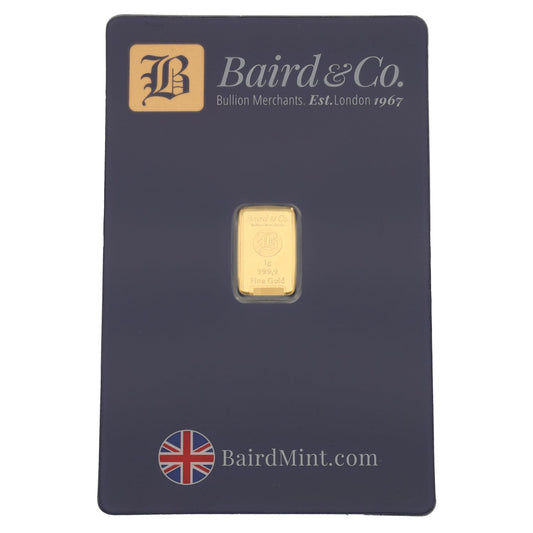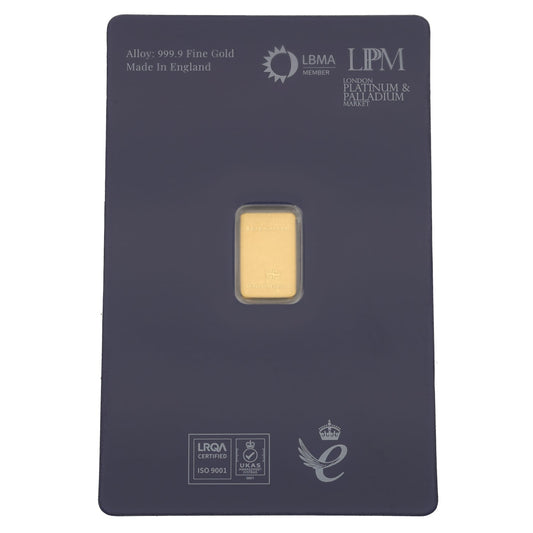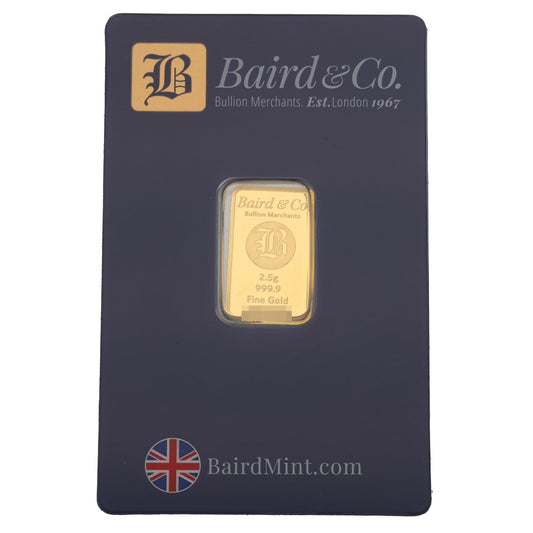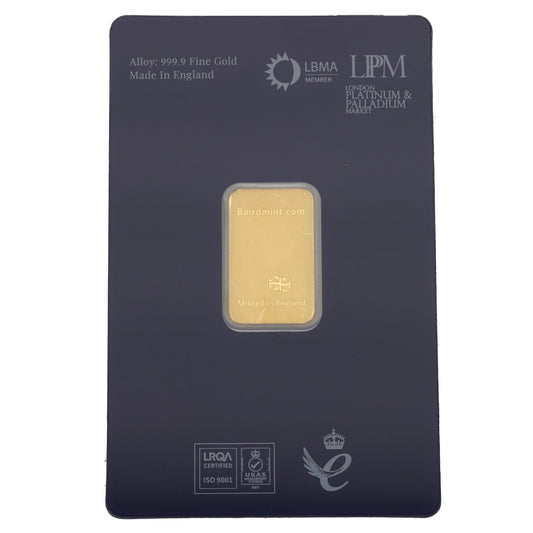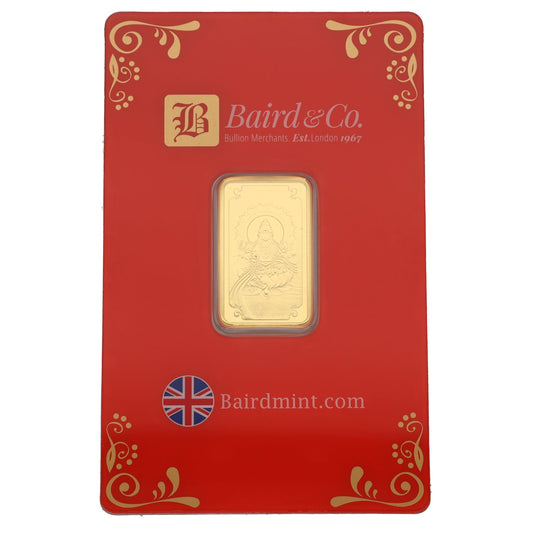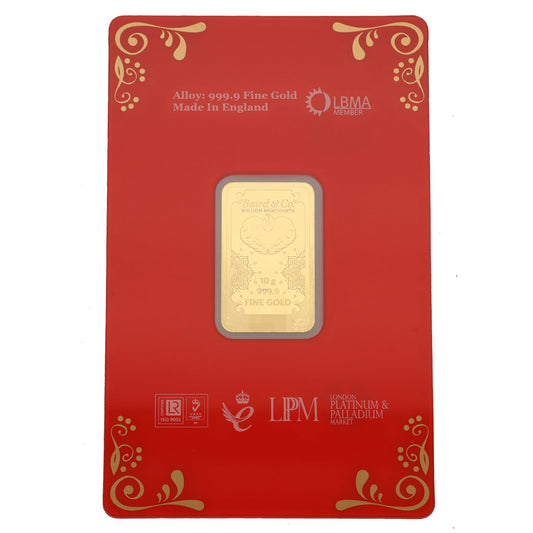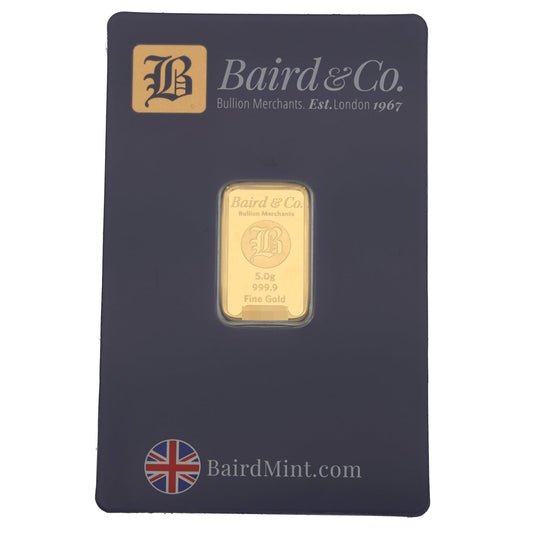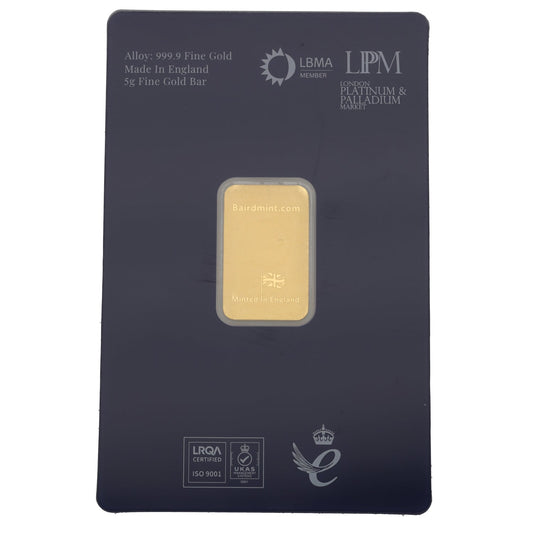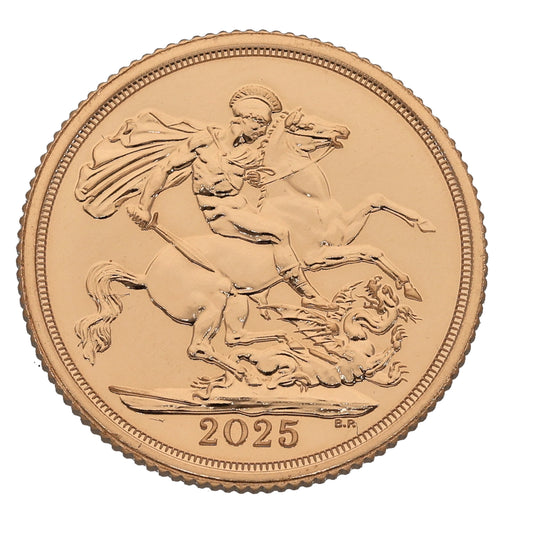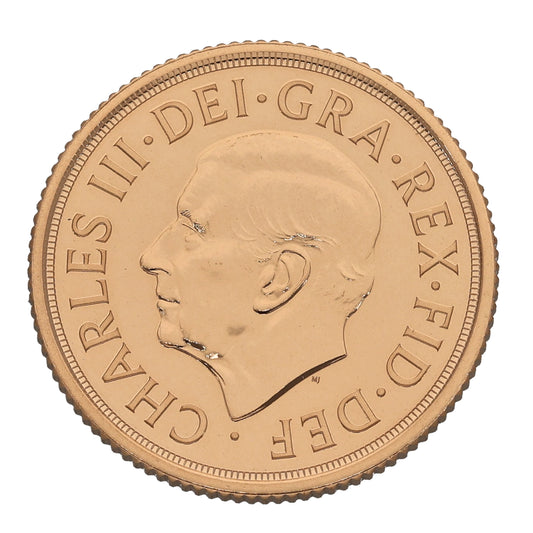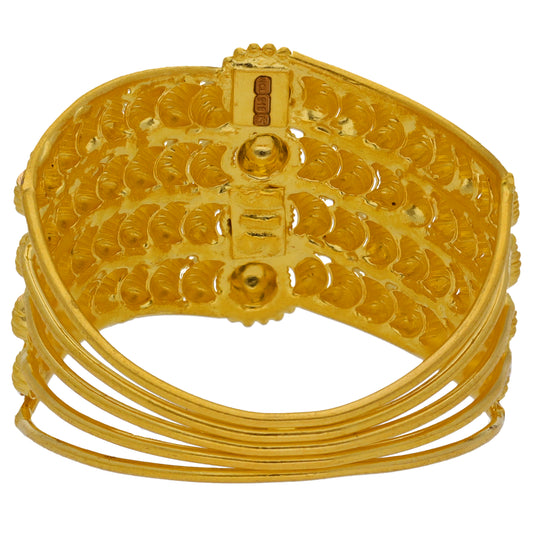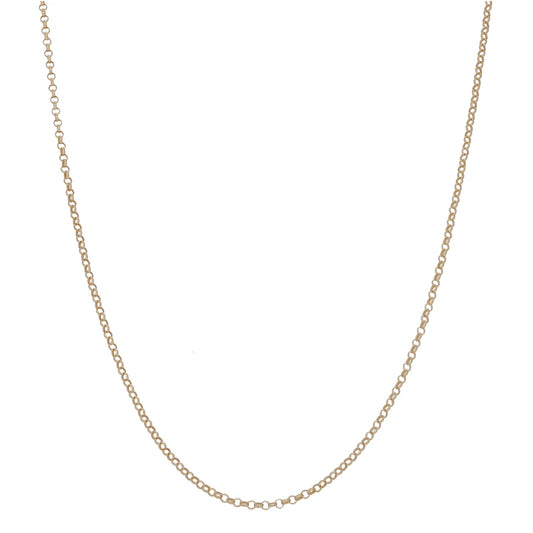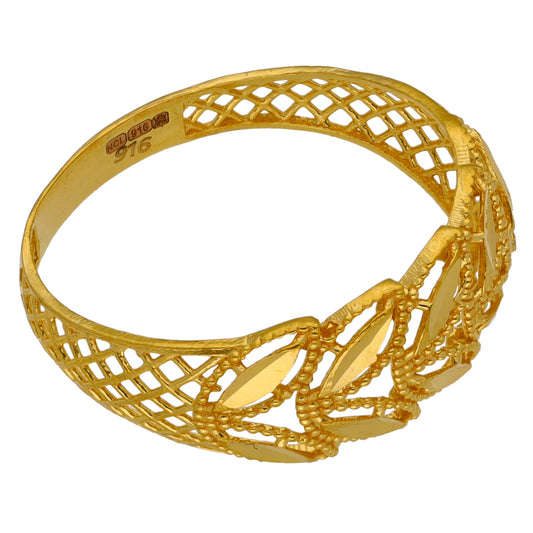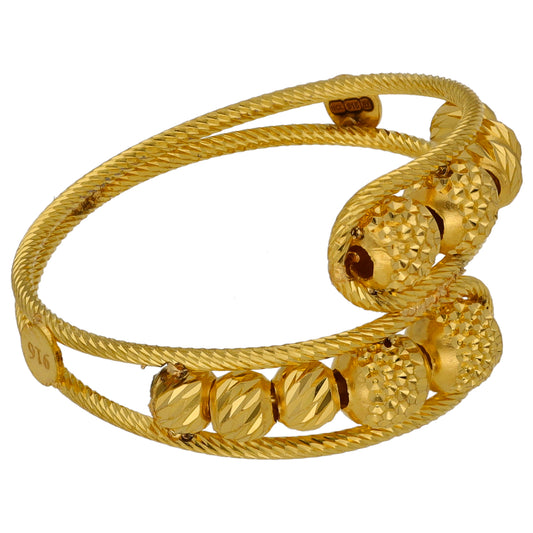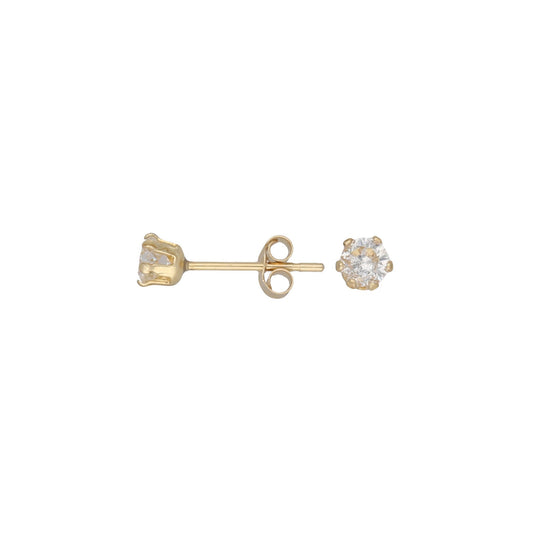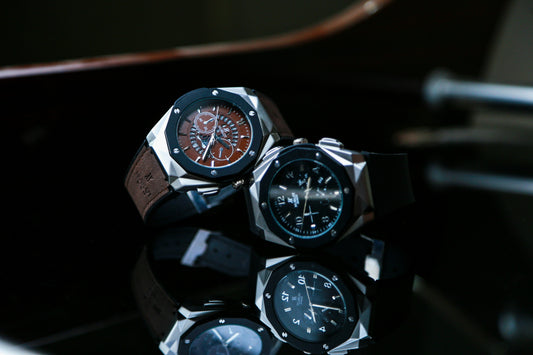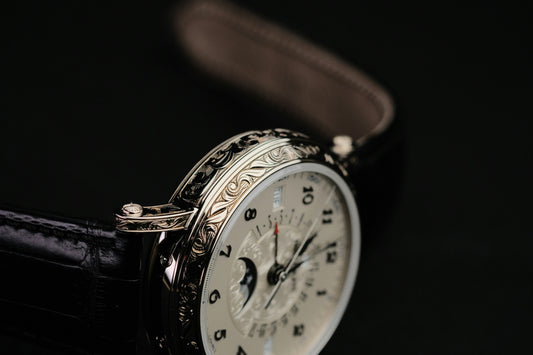In today’s digital world, many people use their smartphones to keep an eye on the time. But with a current value of 7.5 billion dollars and an estimated increase of 29.1% to over 9 billion dollars by 2025, it’s safe to say that the luxury watch industry is still booming. Rolex is arguably one of the most sought after luxury watch brands in the world, thanks to its sleek design, expensive materials and excellent craftsmanship, acting as a timepiece as well as a time-telling device.
We at HandT - Shop Online decided to conduct some research and found that there were over 40 million yearly searches on Google for Rolex watches across some of the largest cities in the world.
We set out to find out where in the world the Rolex watch was the most popular, based on the number of yearly searches. We then went one step further and calculated the number of searches divided by the population of that city, giving each city a Rolex score.
Rolex Capitals Leaderboard
Our data shows that Miami comes up top thanks to a whopping 596,264 yearly searches. This divided by a current population of 504,439 results in a Rolex score of 118.2. Based on this figure, we could say that every person in Miami, and then some, are currently searching for a Rolex.
Find the other Rolex capitals in our leaderboard.
UK Close Up
According to search volume data, there are Rolex fans residing all across the UK - from Newcastle to London! The UK city of Manchester comes in second place with a Rolex score of 94.7. Manchester has a current population of 547,627, compared to a yearly search total of 518,743. The northern city of Liverpool also landed in the top three with 322,081 yearly searches compared with 494,814 inhabitants.
The Northern cities surpassed major cities such as Dubai, London, Milan and LA - none of which made it into our top 10.
Newcastle and Norwich also placed in the top 10 Rolex capitals worldwide.
Methodology
We analysed yearly search volume data from Google for some of the world's largest cities, categorising large cities based on their size and population.
We then used information from World Population Review to find out the current population for each city used. We also cross-referenced UK populations with Gov.uk to get the most recent information - all data correct as of 2020.
Using this data, we divided the number of yearly searches by the number of people within each city, to create a Rolex score. The Rolex score works on the basis of how many searches per person the city has submitted for Rolex branded searches.
We mapped this out to show where each of the top ten cities was in the world, including the key pieces of data found.





